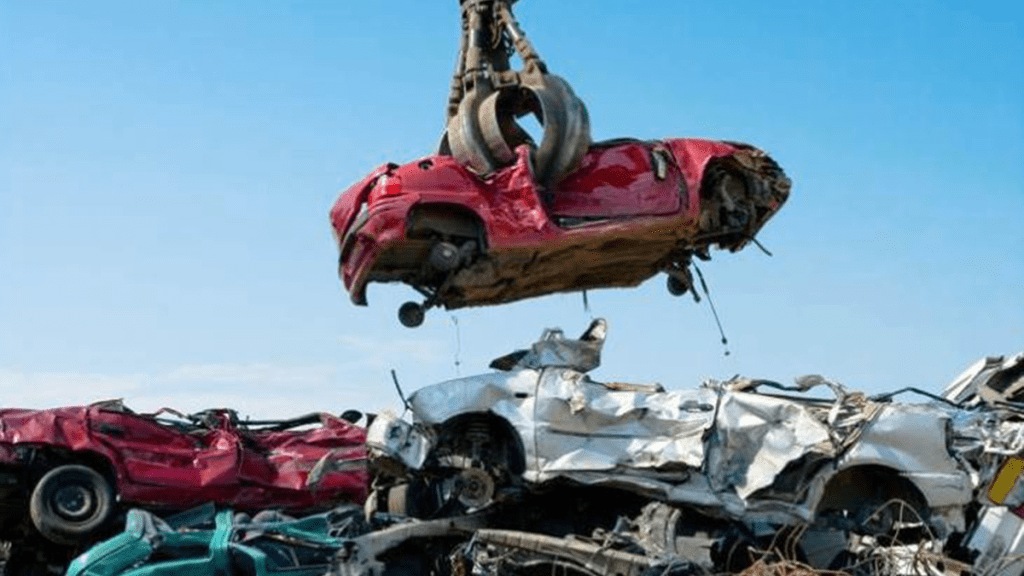It’s good that the government has realised, even if belatedly, that the vehicle scrappage policy announced in 2021 needs to be reviewed. Last week, Anurag Jain, secretary, ministry of road transport and highways, told an industry conference that the government was now working on a scrappage policy based on pollution potential instead of the current one, which is based on the age of the vehicle. The reason cited by him was consumers complaining why should they be made to change vehicles if they have maintained them well. The statement makes it clear that the earlier policy was rushed through without taking inputs from the larger stakeholder community. Obviously, the auto industry would favour a scrappage policy as it would lead to mandatory repeat purchase thus fuelling demand. Estimates suggest that the move would boost sales by 4-5% annually.
But the policy was not announced at the behest of the auto industry. Its purpose was to lower pollution in general and specifically in the Delhi-National Capital Region (NCR), which suffers from smog every winter. While there are several reasons for such conditions in the region, chief of which is stubble burning by farmers of Punjab and Haryana, the main brunt was borne by vehicle owners. This is evident from the fact that the 2018 Supreme Court (SC) order on scrapping of older vehicles in the NCR has not provided much of a relief from the smog. The 2021 policy specifically targets over 15-year-old commercial and over 20-year-old private vehicles, requiring them to undergo mandatory fitness tests. Vehicles that fail these tests must be scrapped, with owners offered incentives to purchase new vehicles. Under the SC’s order, petrol vehicles older than 15 years and diesel vehicles over 10 years are not allowed to ply on NCR roads.
To make the policy palatable to the consumers, the government had added that original equipment owners (OEMs) will have to give discounts on the new cars bought in lieu of scrapped ones and even the government would provide relief in the form of road tax rates. Recently, the OEMs agreed to offer discounts of up to 1.5%-3% against scrapped vehicles on the ex-showroom price for passenger vehicles for a period of 1 to 1.5 years. That the policy lacks sense can be gauged from the fact that if a vehicle is being scrapped because it is unfit to be used, and is causing pollution, then why should incentives be provided to disband it? Emission technology for vehicles is advancing thus reducing pollution to a great extent. Since 2020, PV manufacturers have had to switch to BS 6 norms, from the earlier BS 4. In BS 6 diesel engines, the nitrogen oxide limit gets reduced by 70% from the previous standard, and OEMs had to make heavy investments to implement it.
The point is clear. If a vehicle is of modern technology and has been maintained well, there is no logic in mandating a phase-out after 15 years. The running of vehicles anyway varies from city to city. For instance, a vehicle in a city like Delhi would clock 100,000 km faster than in smaller cities. The government should scrap the current scrappage policy, and move to a regime which focuses on fitness of vehicles. To ensure this, tighter pollution norms, and renewal of registration based on fitness is the way forward. A meaningless one-size-fits-all approach will always reach a dead end.


